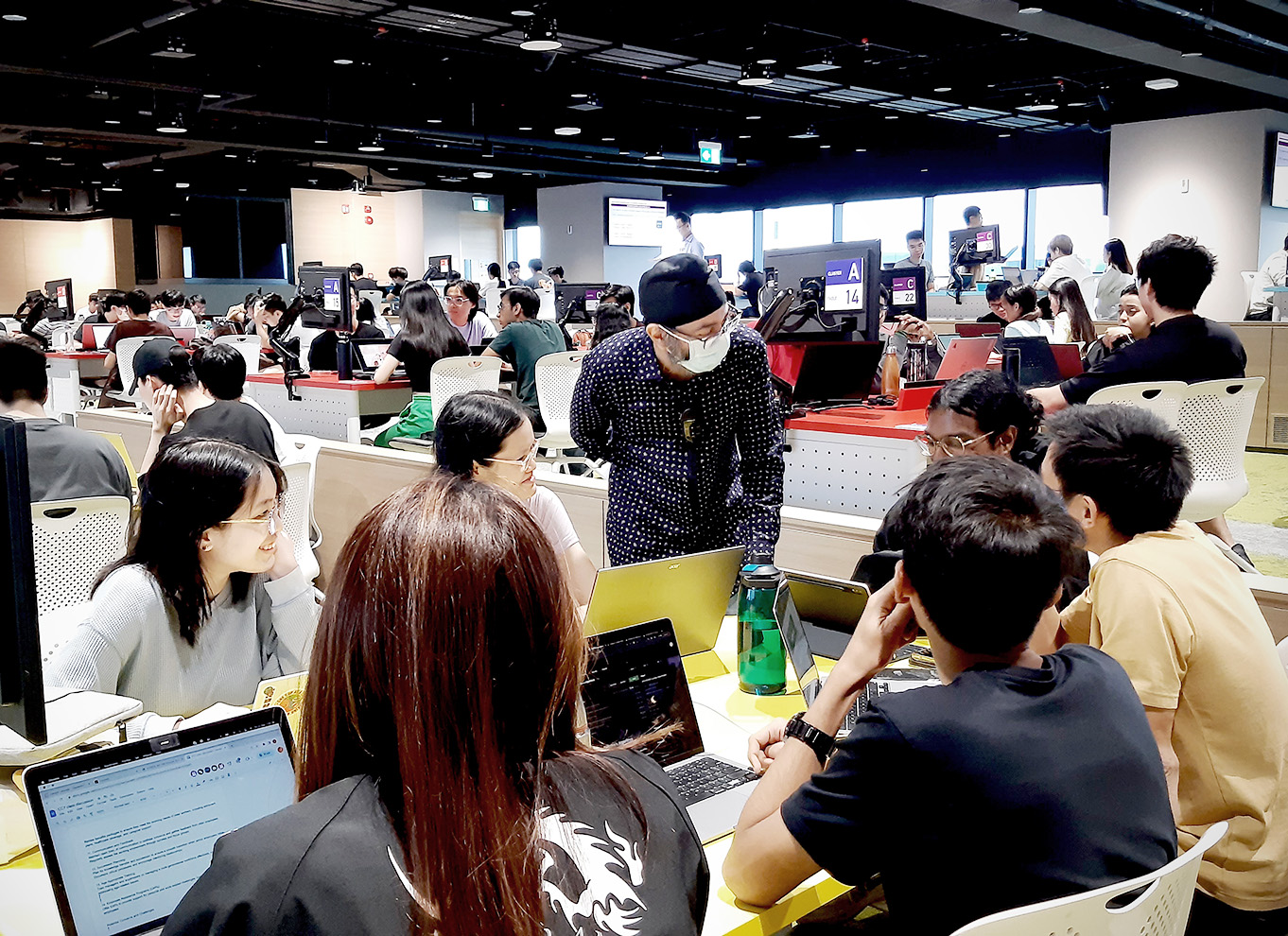Science of Learning
The Science of Learning (SoL) is the scientific study of the underlying bases of learning with the goal of describing, understanding, or improving learning across developmental stages and diverse contexts. (Privitera, Ng & Chen, 2023)
.


Active Learning
engages students directly in the learning process, encouraging them to participate actively rather than passively receiving information.
- think-pair-share, where students discuss a topic with a partner before sharing with the larger group
- peer instruction, where students explaining concepts to one another
- problem-based learning, where students work collaboratively to solve real-world problems

Retrieval Practice
encourages students to recall information from memory, which improves long-term retention and understanding. Various studies have shown that this is the most effective technique for learning complex subjects.
- taking practice quizzes
- using flashcards to test knowledge
- writing summaries of what has been learned without looking at the material

Spaced Repetition
involves reviewing information at regular intervals to improve long-term retention.
- scheduling regular review sessions with material from previous weeks
- revisiting key concepts periodically throughout a course
- incorporating cumulative quizzes that review both recent and past topics
- using apps, such as Anki or Memrise, which prompt students to review material at optimal intervals

Interleaving
involves mixing different topics or types of problems within a single study session, rather than focusing on one subject at a time (as in blocked practice). Interleaving helps students learn to distinguish between concepts and apply knowledge flexibly.
- alternating between different types of problems
- using contrasting techniques
- combining different practice drills

Chunking
involves breaking down large amounts of information into smaller, manageable units or "chunks," reducing the cognitive load and making it easier to process and remember.
- grouping information into smaller microlessons
- breaking down a complex process into a series of steps

Metacognitive Strategies
involve thinking about one's own thinking processes to become aware of how one learns, allowing a person to plan, monitor, and evaluate one's own understanding and performance.
- self-assessment checklists
- setting specific learning goals before a study session
- using reflective journals to document their thought processes and progress

Feedback & Assessment
supports learning and fosters a growth mindset and continuous improvement. Effective feedback is specific, timely, and actionable, helping students understand their strengths and areas for improvement.
- formative assessments like quizzes and peer reviews
- detailed rubric-based feedback on assignments

Technology Integration
increase engagement, provide instant feedback, and offer personalised learning opportunities.
- virtual labs
- interactive simulations
- online platforms for collaborative projects
- multimedia resources like video tutorials

